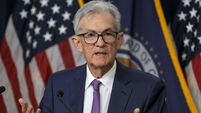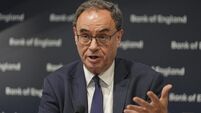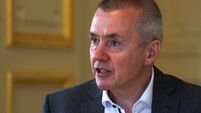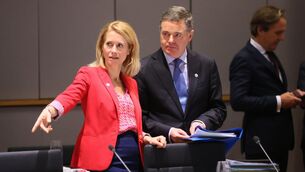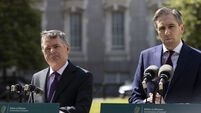Summer interest cut signalled by European Central Bank
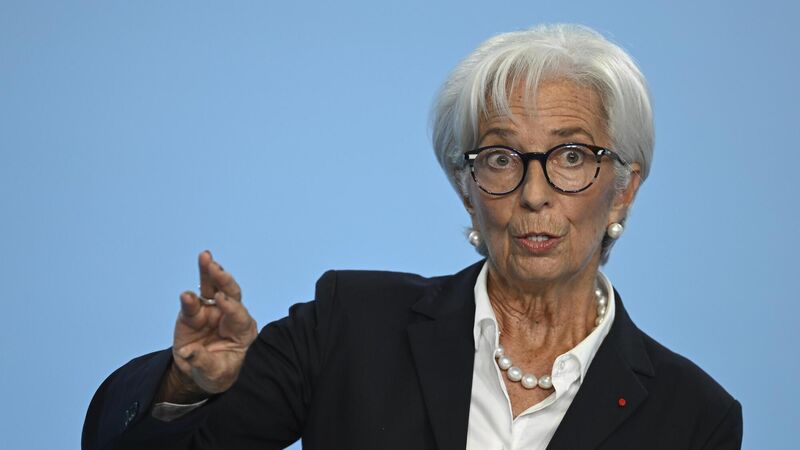
Christine Lagarde, President of the European Central Bank (ECB),said they will have a "lot more" data for their June meeting.
After around two years of aggressive interest rate hikes from the main central banks, monetary policymakers are still on hold and currently deploying a “data-dependent” approach in setting monetary policy.
Overall, central banks are waiting for further signs that underlying inflation is on a sustained downward trajectory to give them confidence that it will fall back towards 2% before they will contemplate cutting rates. Amid some upside surprises on the data front, and ongoing hawkish central bank rhetoric, market rate expectations have hardened since late January. There is around 50 basis points (bps) less of rate cuts now being anticipated for this year, compared to futures contracts pricing at the end of January.



